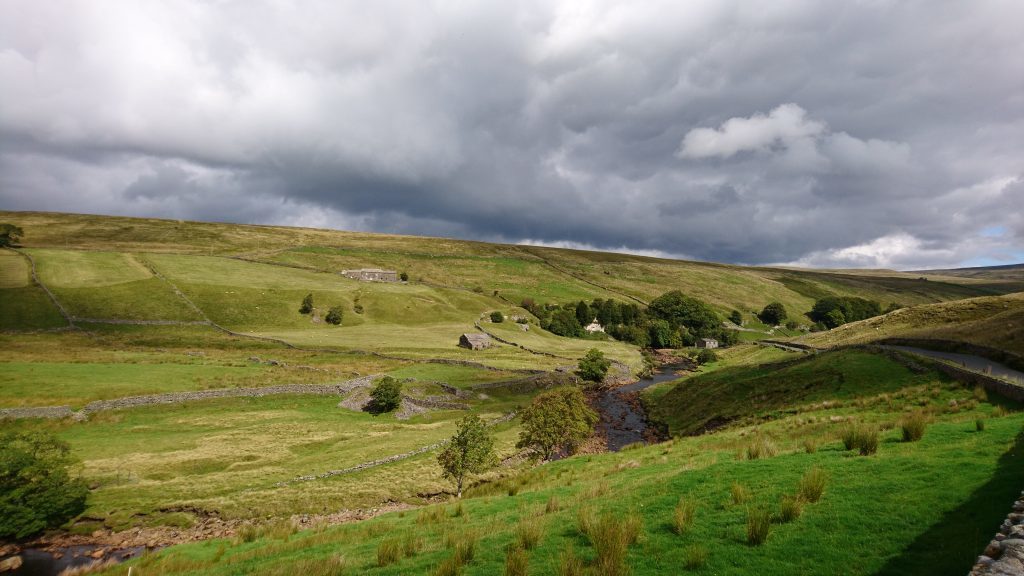What we do
Plants and fungi
Trees and shrubs
The Woodland Trust has a tree identification app and A-Z of tree species, with species accounts including photos and descriptions as well as habitat preferences and historical uses. The Woodlands.co.uk website has a comprehensive guide to tree species found in the UK, including ID tips for leaves, bark, twigs, flowers and fruits. Both these websites will include tree species found outside the North Pennines. The Durham Landscapes website has a full list of tree and shrub species native to County Durham.
Ancient and veteran trees
For information on ancient and veteran trees, the Ancient Tree Forum has information on ancient trees, where to find them and how to record them. The Woodland Trust also has information on ancient trees.
Flowering plants, ferns and lower plants
Plantlife has a comprehensive guide to the flowering plants of the UK, as well as information on the County Flowers of the north of England. The Botanical Society of Britain and Ireland (BSBI) have identification resources for several flowering plant groups. The Limestone Landscapes partnership project has produced a guide to the wildflowers of County Durham’s limestone habitats. Cumbria Botany has a guide to some of the flowering plants of Cumbria while Cumbria Wildlife Trust has a guide to hay meadow flowering plants. The British Pteridological Society lists a number of resources for identification of UK ferns, while the Carlisle Natural History Society includes a colour guide to the ferns of Cumbria. Further information on identifying British mosses and liverworts can be found on the British Bryological Society (BBS) website.
Flowering plants of the North Pennines
Through our Haytime project, the North Pennines National Landscape has produced a guide to the flowering plants and grasses of upland hay meadows.
Fungi
The British Mycological Society (BMS) has a series of keys to the identification of some of Britain’s fungi. Aberystwyth University has developed an interactive guide to the identification of British waxcaps. These guides will include species found outside the North Pennines.











